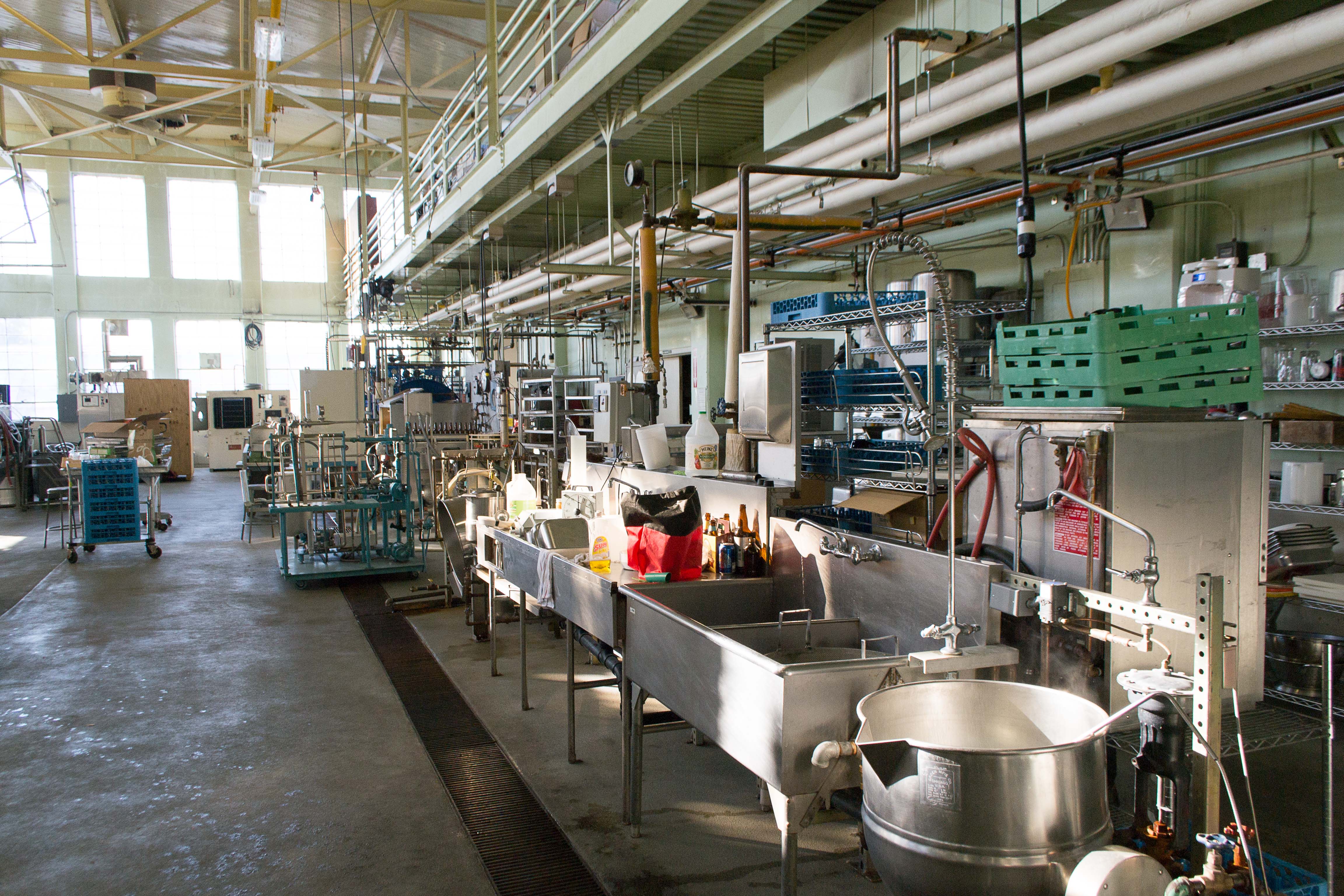
Photo from academic.microsoft.com
Microbial fermentation plays an important role in the manufacturing of artisanal sausages and can have major effects on product quality and safety. We used metagenomics and culture-dependent methods to study… Click to show full abstract
Microbial fermentation plays an important role in the manufacturing of artisanal sausages and can have major effects on product quality and safety. We used metagenomics and culture-dependent methods to study the presence of Hepatitis E virus (HEV) and Rotavirus-A (RV-A), and fungal and bacterial communities, in artisanal Colonial salami-type dry-fermented sausages in Santa Catarina state, Brazil. Lactic acid bacteria (LAB) and yeast dominated the microbiome. Latilactobacillus sakei and Debaryomyces hansenii were ubiquitous and the most abundant species. The DNA of some foodborne pathogens was found in very low concentrations although viable cells of most of these species were undetectable by cultivation methods. The characteristics of the raw material and hygiene of the artisanal sausage manufacturing process resulted in high loads of beneficial microorganisms and the absence of HEV and RV-A viruses as determined by RT-qPCR assays. In conclusion, high LAB load in sausages was more relevant to preventing pathogen growth than the ripening time and/or physicochemical characteristics. However, the presence of Clostridium spp. and other pathogens in some samples must be taken into account for the development of future preservation methods; appropriate LAB starter cultures and health surveillance are required in the production process to prevent foodborne outbreaks.
Journal Title: Foods
Year Published: 2021
Link to full text (if available)
Share on Social Media: Sign Up to like & get
recommendations!